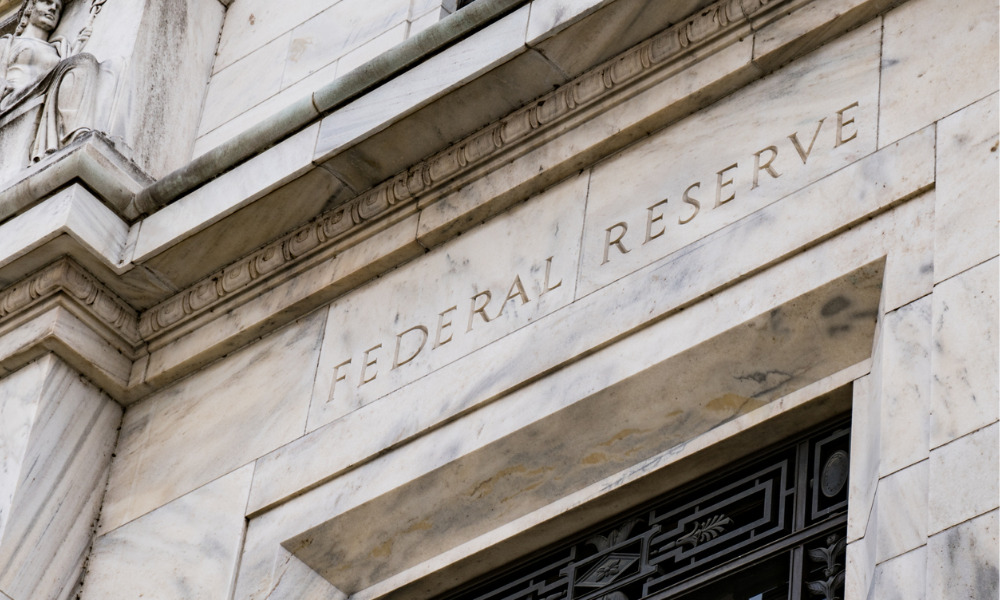

The Federal Reserve has kept interest rates in the 5.25% to 5.5% range — a 22-year high — but most officials penciled in three rate cuts in 2024 in projections released Wednesday after their two-day meeting.
The central bank’s decision to stand pat was largely expected, but how it framed its outlook for 2024 was eagerly anticipated. Before Wednesday's announcement, stocks, bonds and the dollar saw mild moves amid bets the Fed will try to put a lid on expectations for rate cuts of more than 100 basis points in the next 12 months. Meanwhile, economists surveyed by Bloomberg expected the median Fed projection to show two rate cuts next year and five more in 2025. The reality was a slightly more dovish Fed.
Its signal that inflation had improved more quickly than expected will be welcomed by stock markets, suggesting the prospects of another increase are remote and the hiking cycle is over. The central bank has now held its benchmark federal funds rate steady for three consecutive policy meetings.
The Fed statement said: “Recent indicators suggest that growth of economic activity has slowed from its strong pace in the third quarter. Job gains have moderated since earlier in the year but remain strong, and the unemployment rate has remained low. Inflation has eased over the past year but remains elevated.
"The U.S. banking system is sound and resilient. Tighter financial and credit conditions for households and businesses are likely to weigh on economic activity, hiring, and inflation. The extent of these effects remains uncertain. The Committee remains highly attentive to inflation risks."
The announcement will have surprised some industry professionals. John Lynch, chief investment officer at Comerica Wealth Management, spoke to Bloomberg before the announcement, forecasting disappointment for the market.
“We struggle to embrace the consensus logic calling for 12% profit growth and more than 100 bps in rate cuts in 2024,” he said. “Recent data on inflation, employment, and Jerome Powell’s persistent messaging are inconsistent with the market’s optimism.”

A new proposal could end the ban on promoting client reviews in states like California and Connecticut, giving state-registered advisors a level playing field with their SEC-registered peers.

Morningstar research data show improved retirement trajectories for self-directors and allocators placed in managed accounts.

Some in the industry say that more UBS financial advisors this year will be heading for the exits.

The Wall Street giant has blasted data middlemen as digital freeloaders, but tech firms and consumer advocates are pushing back.

Research reveals a 4% year-on-year increase in expenses that one in five Americans, including one-quarter of Gen Xers, say they have not planned for.
Orion's Tom Wilson on delivering coordinated, high-touch service in a world where returns alone no longer set you apart.
Barely a decade old, registered index-linked annuities have quickly surged in popularity, thanks to their unique blend of protection and growth potential—an appealing option for investors looking to chart a steadier course through today's choppy market waters, says Myles Lambert, Brighthouse Financial.
